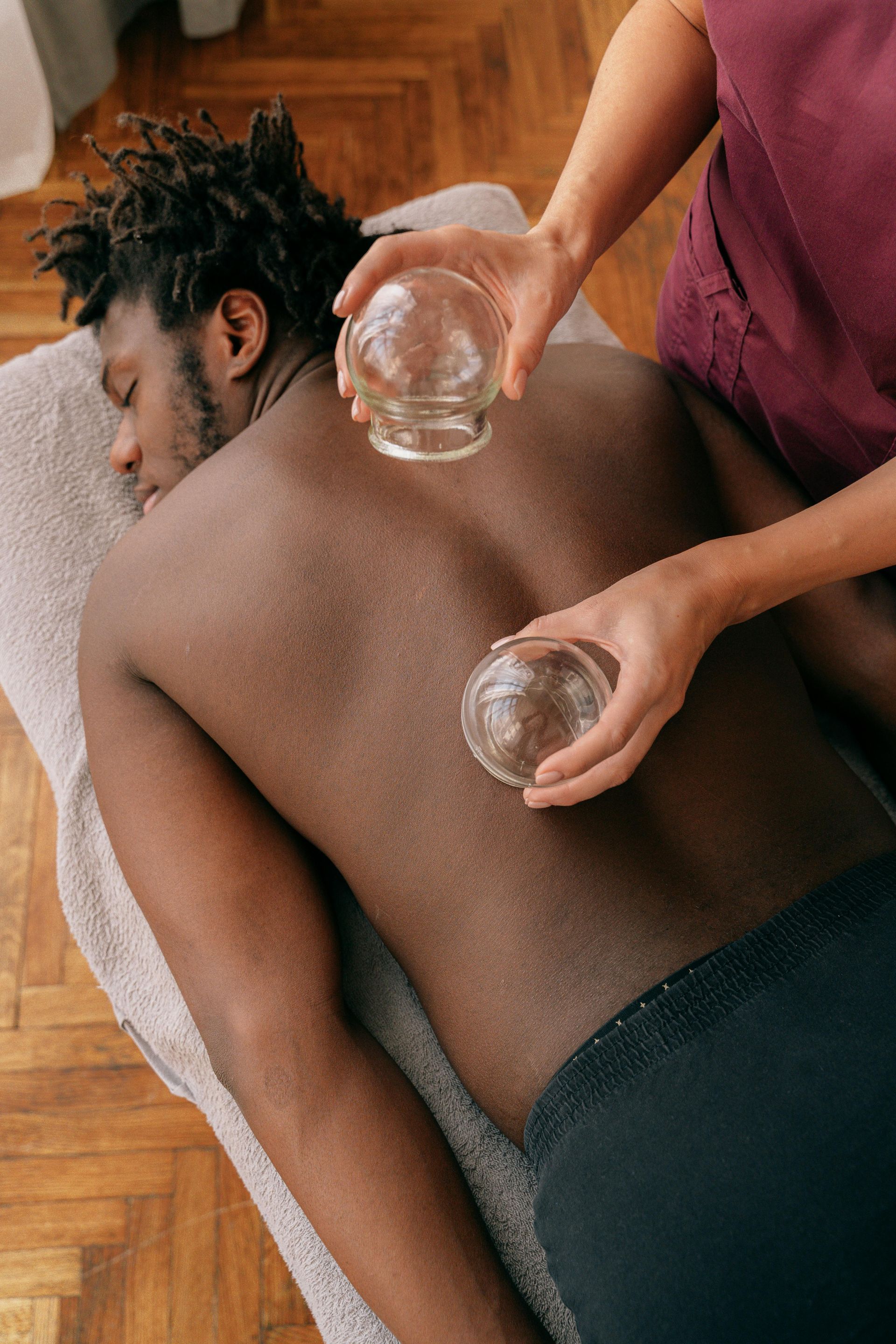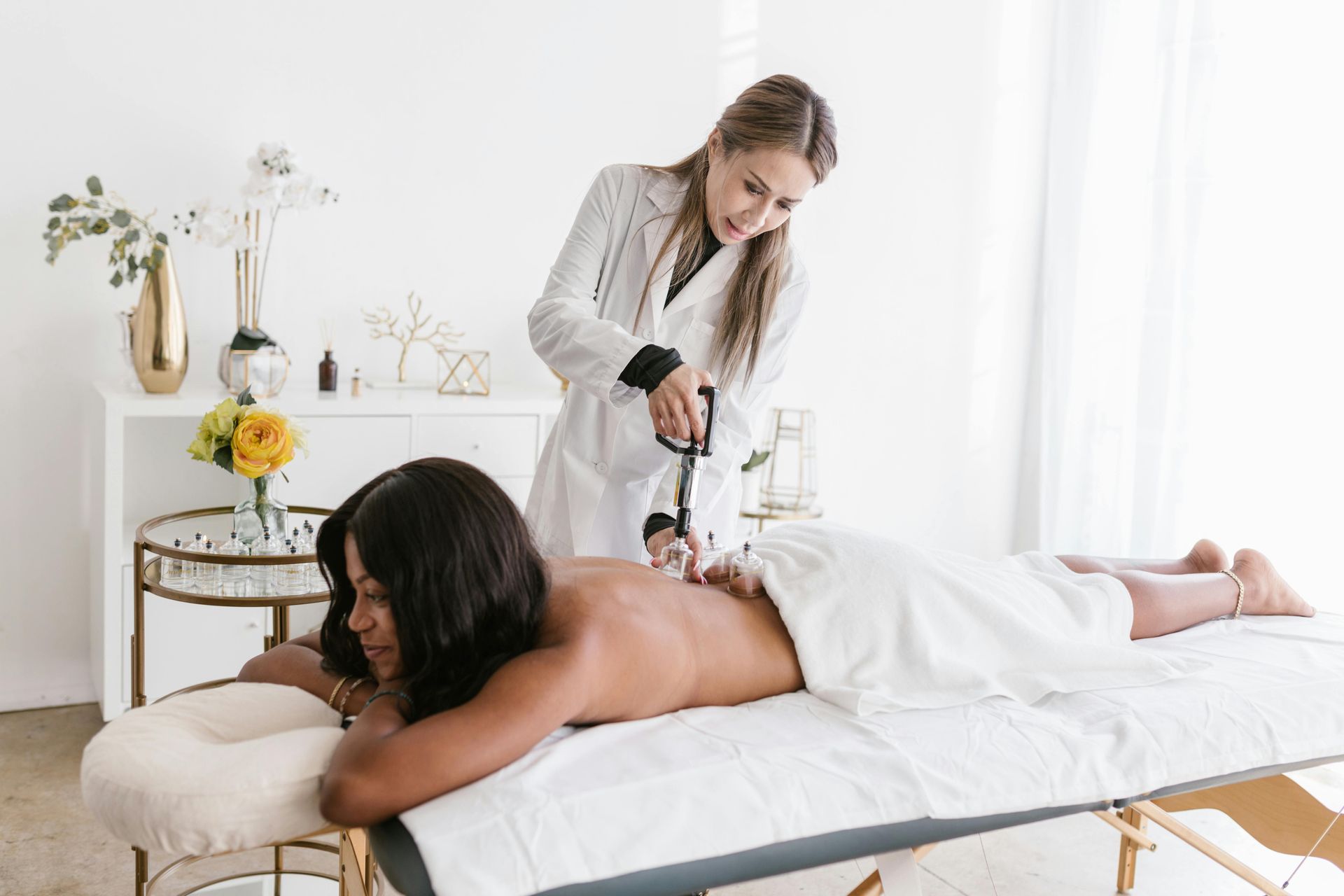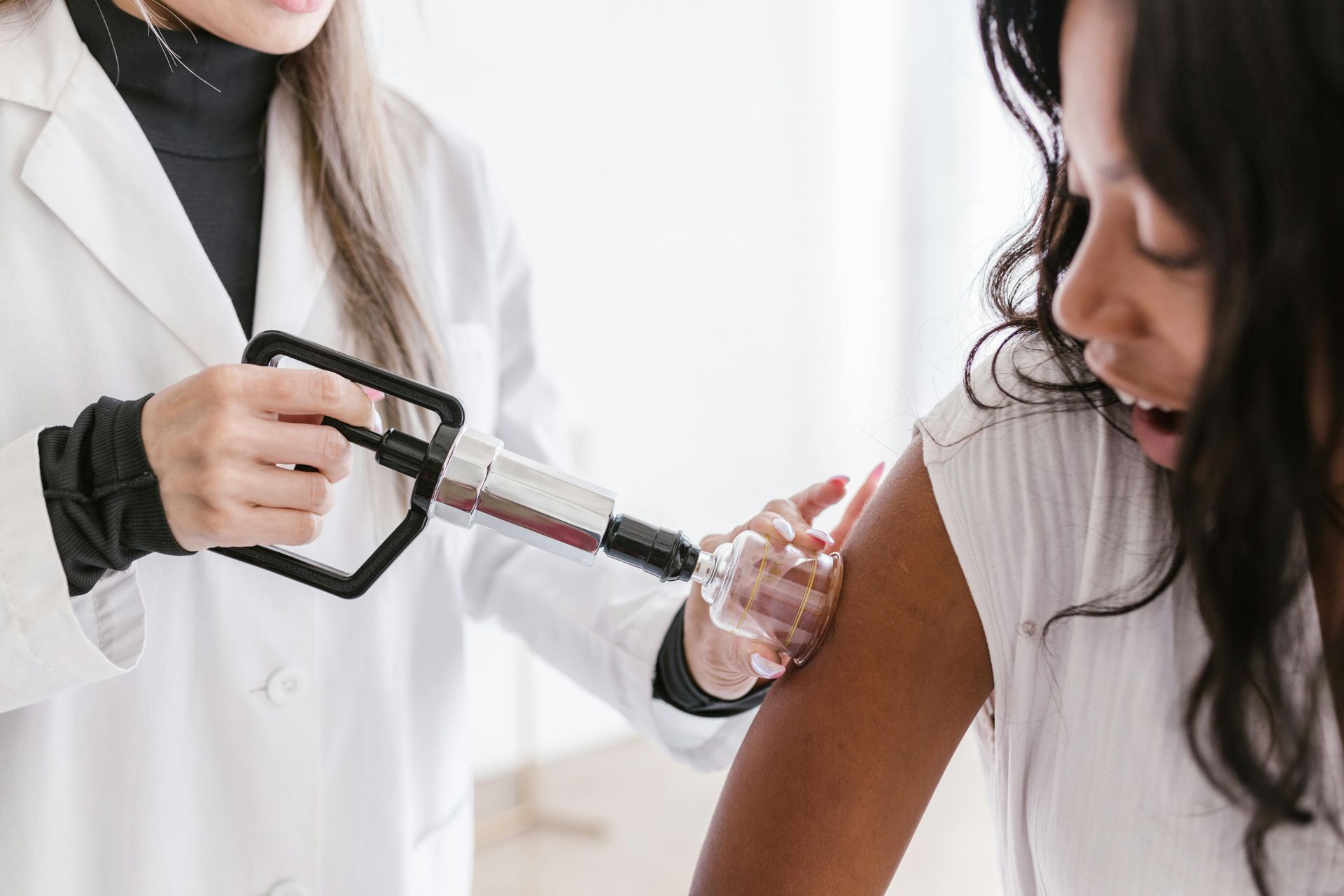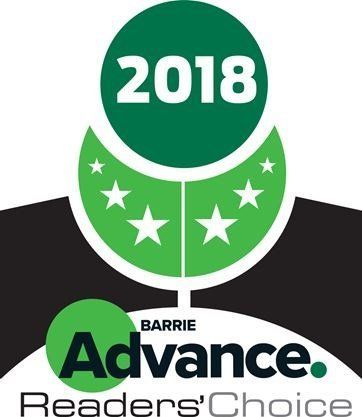Chiropractic Services
4.9 out of 5 stars on google
Visit Us
353 Saunders Road, Unit #13. Barrie, ON. L4N9A3
Phone: 705-739-1155
Text: 249-733-4615
Fax: 705-739-2280
Discover How Chiropractic Treatment Promotes Function
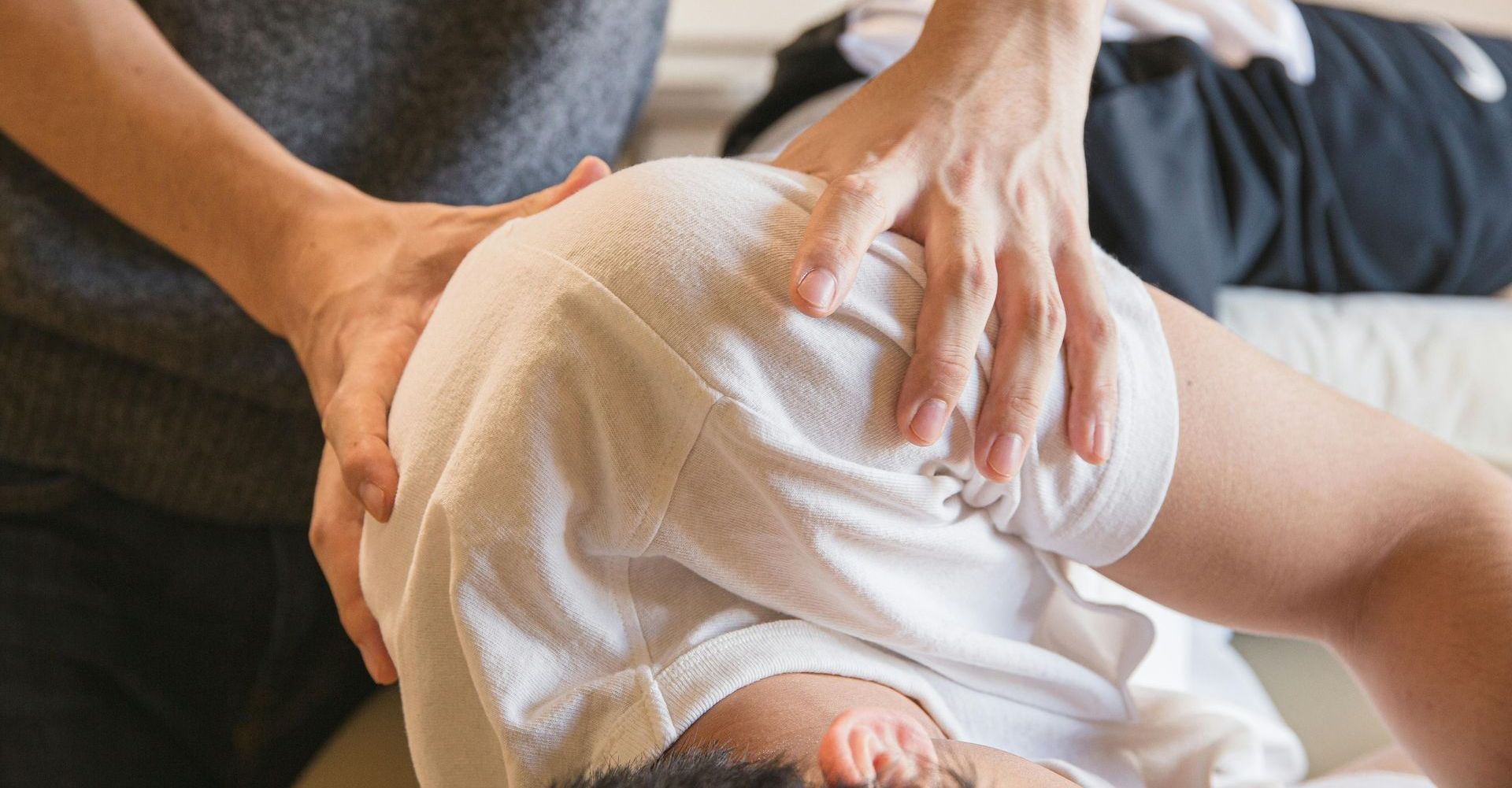
The word chiropractic means “treatment by hand,” and this sums up the essence of what a chiropractor does. Our bodies move and hold postures by the interaction of muscles, nerves and joints. Most of the time, this movement goes on pain-free, but sometimes because of the stresses of life, or because of an injury or accident, dysfunctions happen, and, over time, these dysfunctions make themselves known through pain. Chiropractors are trained in the hands-on techniques necessary to locate pain, diagnose its cause and apply a customized treatment that will restore you to proper function.
Chiropractic Health Professionals
Canadian chiropractors must complete at a minimum 3 years of university studies; this is then followed by 4 years at an accredited chiropractic college. Much of a chiropractic student’s 4500 hours of education is spent in supervised clinical practice. Following the successful completion of their education, chiropractors must pass both a provincial and a national exam before they earn the right to practice as a Doctor of Chiropractic (DC).
What Exactly Is a Chiropractic Adjustment?
An adjustment is a quick, precise movement applied by the skilled hand of a chiropractor. Adjustments loosen joints and restore movement and function. When joints are adjusted, they release a gas bubble, which causes the popping sound talked about when describing chiropractic work. Adjustments and techniques extensively researched by the profession are safe, gentle and effective for Musculoskeletal injuries and promoting wellness.
Cupping Therapy Treatment
Chiropractors and RMT’s use Cupping Therapy for many reasons. People who have had Cupping Therapy express a reduction in pain and inflammation. Decrease in muscle tightness, an improvement in blood flow and increases in range of motion. Suction from cupping draws fluid into the treated area. This suction force expands and breaks open tiny blood vessels (capillaries) under your skin. Your body replenishes the cupped areas with healthier blood flow and stimulates proper and normal healing at a cellular level. Because of this effect, some people think that cupping releases toxins.
Common Chiropractic Myths
Myth: During treatment, a chiropractor will crack my spine.
Fact: When a chiropractor makes an adjustment by applying quick, precise pressure, a cracking or popping noise is heard. This is not, however, coming from the bone. Rather, this noise is the gas bubble that is released when joints are separated. It’s the same as what happens when you pop your knuckles.
Myth: Chiropractic adjustments involve applying a great deal of force on my spine.
Fact: Each adjustment does not involve force so much as it does skill, positioning, speech and timing.
What Conditions Can Be Treated with Active Release?
As its name suggests, it is a movement-based style of massage focused on the soft tissue systems of the body, and it is used to treat issues with muscles, ligaments, tendons, fascia and nerves.
This modality is used to resolve a number of conditions, including:
- Headaches
- Back pain
- Shoulder pain
- Shin splints
- Knee problems
- Plantar fasciitis
- Sciatica
- Carpal tunnel syndrome
- Tennis elbow
What Will I Experience During an ART Treatment Session?
First, your ART treatment provider will conduct an examination of the muscles / tendons / fascia / ligaments / nerves, noting their tightness and texture, as well as their movement.
If any abnormalities are noted, the treatment provider will apply a specific combination of tension and movement to the affected area(s).
How Did I Injure My Muscles or Tendons to Begin With?
Most of the problems we correct via ART are because of overused muscles / soft tissues that have pulls or tears (acute conditions), an accumulation of small tears (micro-trauma) or not getting enough oxygen (hypoxia).
When these damages occur, your body responds by creating tough, dense scar tissue in the affected area. Scar tissue adversely impacts other tissues, restricting their movement and causing them to weaken. Nerves can become trapped, and tendonitis can occur. You may notice tingling, numbness, weakness, a reduced range of motion and pain—if you have any / all of these symptoms, we encourage you to call us right away for an appointment.


